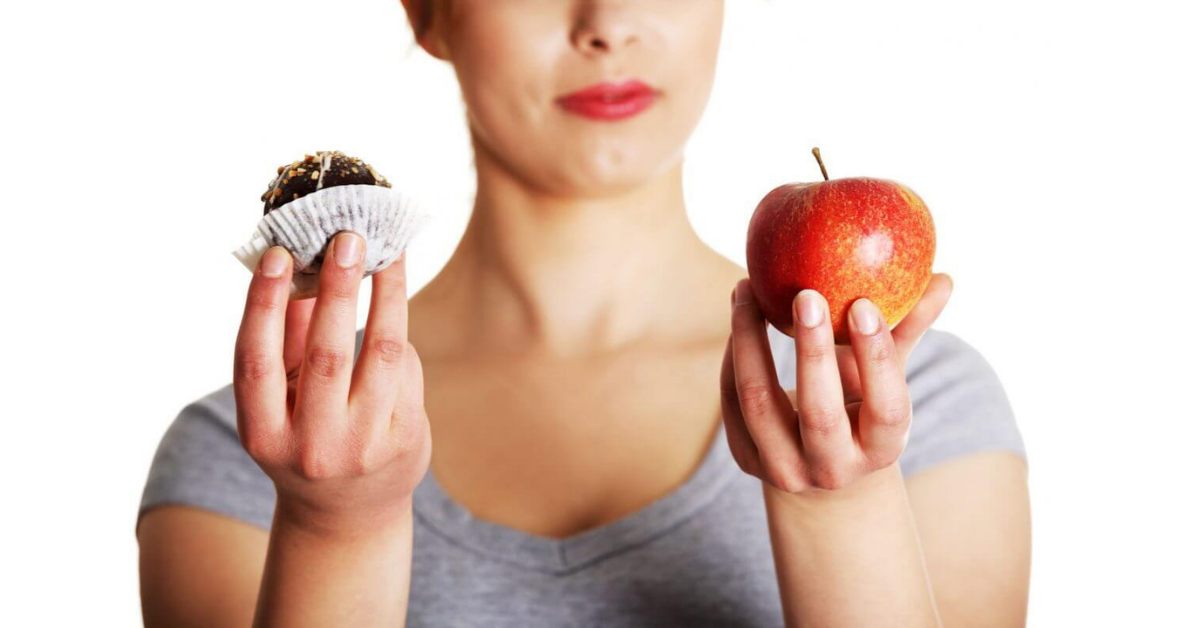Canadians have a serious sweet tooth. We call our significant others “sweetheart” and “honey”. We celebrate special occasions and mourn break-ups with desserts. We are (rightfully) famous for our maple syrup. It’s no surprise – we are physiologically wired to enjoy sugars. The problem is how much we eat – the average Canadian eats 88 pounds of sugar each year! Even more astonishingly, children under 18 eat over 100 pounds of sugar yearly! Kids are eating more than their body weight in sugar each year.
Unfortunately, our high sugar diet is one of the main causes of dental problems in Canada. After eating a sugary meal, sugars stick to the tooth surface and attract bacteria, creating plaque. These bacteria create inflammation in the gums that can cause gingivitis and periodontitis. And as the bacteria digest the sugars, they release acids that erode away the tooth structure, causing cavities.
Sugar isn’t just a tooth problem. High-sugar diets are the main cause of type II diabetes. It also contributes to vitamin B deficiency, since our bodies use up huge amounts of B vitamins to digest sugar. In addition, high sugar consumption depresses the immune system and reduces the function of cells that break down bacteria. Because bacteria can then grow more easily, it makes us more prone to infections and prolongs healing time.
In the dental office, we often see people who take excellent care of their teeth and yet still have tooth decay. Unfortunately, good home care cannot always overcome an unhealthy diet. We may spend about 10 minutes daily on cleaning our teeth. Someone with bad dietary habits could have many hours of consecutive sugar exposure each day.
TOP 10 TIPS TO REDUCE SUGAR EXPOSURE IN YOUR MOUTH
1. Choose snacks that are low in refined sugars. Good choices include: vegetables, cheese, nuts and seeds, and crunchy fruits.
2. Choose beverages with no sugar such as water, tea, or coffee (unsweetened, of course!)
3. Avoid soft drinks. They bathe the teeth in sugar for extended periods and are very acidic – a double-edged sword in making your mouth prone to cavities and erosion of the enamel. If you must drink soda, drink it quickly rather than over the course of an afternoon. It is best to have a glass of water afterwards to restore the pH of your mouth.
4. Avoid sticky and gummy candies. These cling to the tooth surface and are difficult to remove with a toothbrush
5. When you do eat sugar, eat it with a meal rather than as a snack. The increased saliva flow at meal time will help dilute and wash away the sugars.
6. End meals with a low-sugar food such as raw vegetables or cheese to help scrub sugars off the teeth. The “squeakier” the cheese, the better it is for your teeth. It is also a good idea to drink a glass of water after meals and snacks to wash away sugars.
7. Brush and floss your teeth after eating sweets.
8. Don’t sip on sugary drinks or suck on candies between meals. Because of the extended exposure, this habit will predispose you to cavities
9. Read nutrition labels so that you know what you are consuming. Many low-fat foods make up for fat content by adding large amounts of sugar. Sugars may be labeled as sugar, glucose, dextrose, fructose, or sucrose. Note that the source of a sugar doesn’t make it any more or less healthy. Sugar sourced from sugar beets, sugar cane, coconut, agave, honey, or maple syrup is all the same nutritionally.
10. Remember that labels such as “sugar-free” or “sugarless” simply mean that no additional sugar was added during processing. These foods may still contain their natural sugars, which contain the same number of calories as added sugar and will have the same effect on your oral health.
When in doubt, ask your dentist or dental hygienist.

